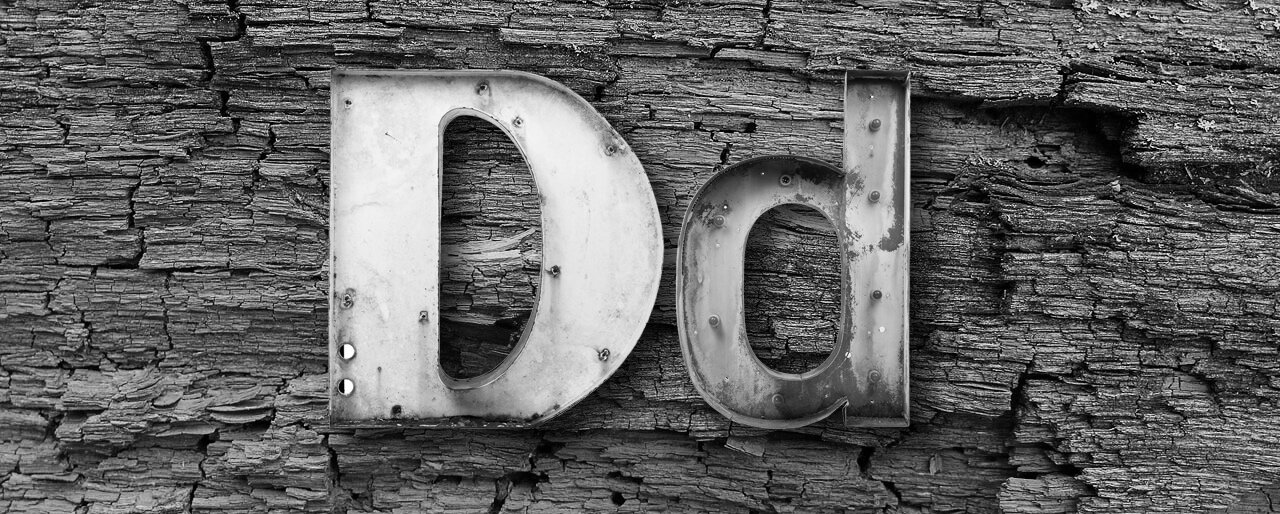ARM Cubes
Augmented Reality Media Cubes
What are they?
I designed and constructed these prototype augmented reality cubes to explore their potential as interactive learning tools. I created lessons, puzzles and other activities to field test them with my learners in the ELT classroom.
The cubes provide learners with a new way to interact with language and digital media that is tangible and fundamentally collaborative. They are hybrid digital/physical objects that enable learners to organise, manipulate and even edit audio and video simply by reconfiguring the cubes in (real) 3D space. I've also found them to be a great hands-on way to share digital media created by students and make this part of the classroom environment.
The six facets of each cube contain augmented reality triggers that, when viewed through the camera of a smartphone or tablet, come to life, displaying video directly on the cube’s surface. Each cube also contains 6 tiny-but-powerful neodymium magnets (magnets are always cool) that invite learners to build stories, physically and narratively, by constructing different forms.
Why?
The cubes are a physical actualisation of the ongoing research I have conducted into mobile learning and situated and embodied cognition. I see them as a natural evolution of the ideas I explored in the Spywalk project (ELTons nominated in 2013) and Urban Chronicles (ELTons nominated in 2014). They are also a manifestation of my interest in tangible and social computing and in finding new ways to apply technology that put the moving, doing, physical body at the centre of learning.
Different configurations reveal different facets of the cubes. When viewed through an augmented reality app, each image triggers different story fragments. Structures can be assembled, using the internal magnets, that bring these fragments together to produce complete movies.
The feedback from students who have used the cubes has been excellent. The cubes have gone through several task-artefact design cycles based on learner responses.
When I learned that ARM Cubes had been nominated for an ELTon Award, it suddenly dawned on me that I would have to send in six sample sets to the judges. With eight cubes in each set that’s 288 magnets that had to be individually attached. At this point my wife valiantly came to the rescue and our house turned into a veritable cube-making cottage industry!
Learners interacting with the cubes for the first time as a problem solving activity. Students are working together to piece together different narratives.




